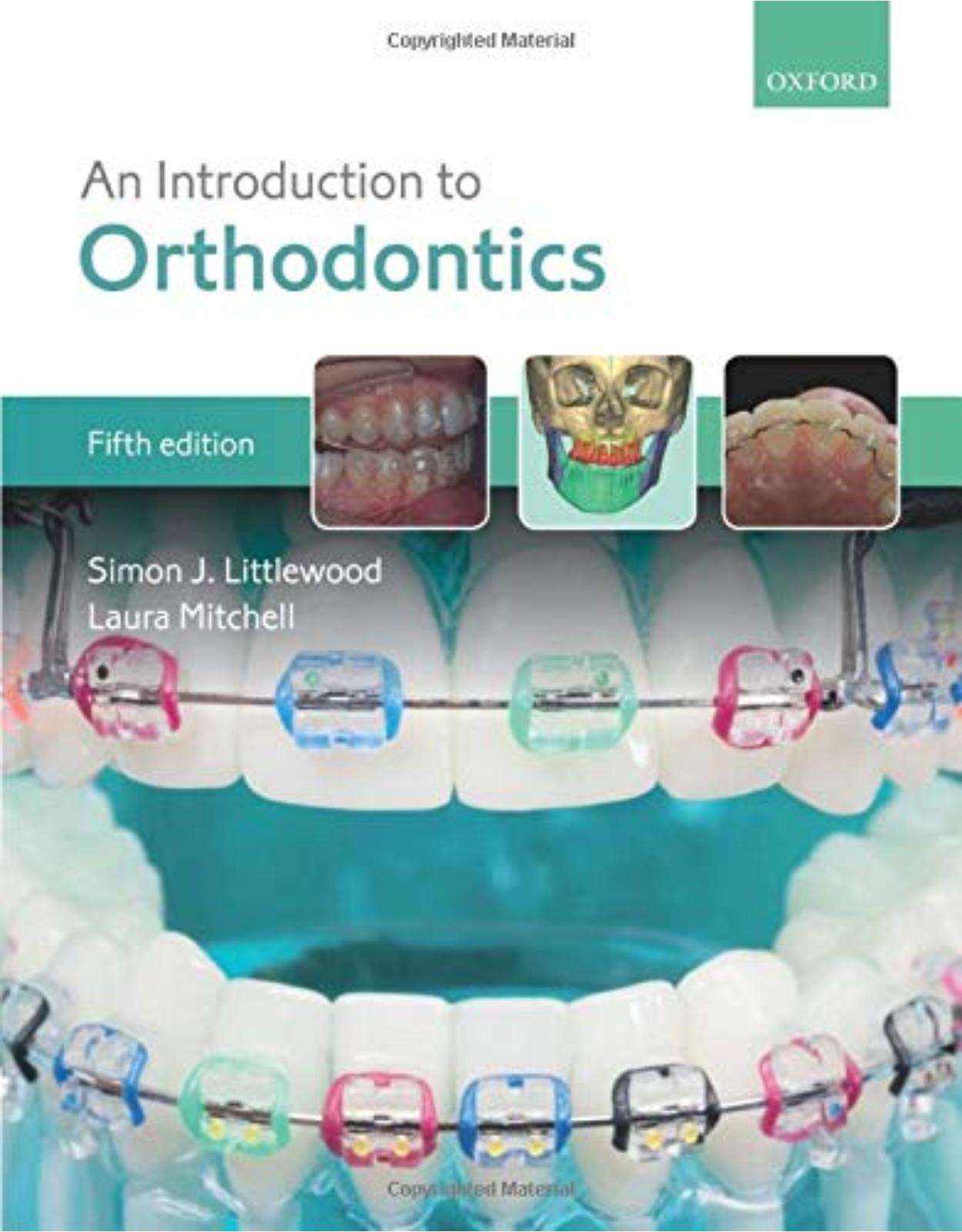
An Introduction to Orthodontics
Livrare gratis la comenzi peste 500 RON. Pentru celelalte comenzi livrarea este 20 RON.
Disponibilitate: La comanda in 3-4 saptamani
Autor: Simon J. Littlewood
Editura: OUP Oxford
Limba: Engleza
Nr. pagini: 368
Coperta: Paperback
Dimensiuni: 27.43 x 2.03 x 21.84 cm
An aparitie: 27 April 2019
Description:
Hailed as 'superb', 'thorough', and 'contemporary', this is the essential orthodontics text for all staff involved in orthodontic treatment, whether they are dental students, orthodontic therapists, postgraduate students at the beginning of their career, or more experienced clinicians wanting an evidence-based, concise update on the foundations of contemporary orthodontic care. With over 700 illustrations and plenty of case studies, An Introduction to Orthodontics, Fifth Edition is a user-friendly introduction to the subject. Continuing its well-deserved reputation, it is the perfect starting point for learning key concepts and the practical aspects of orthodontics. The new fifth edition has been completely updated to reflect contemporary practice, including a new chapter dedicated to hypodontia and orthodontics, and a new chapter on the fastest growing area in orthodontics, clear aligners. Readers will find further reading and references at the end of each chapter, including references to appropriate Cochrane Reviews to aid revision and support clinical practice. Learning objectives, key points boxes, and instructive artwork make this an essential text for busy readers who need focused and practical learning.
Table of Contents:
1 The rationale for orthodontic treatment (S. K. Barber)
1.1 Orthodontics
1.2 Malocclusion
1.3 Rationale for orthodontic treatment
1.4 Potential benefits to dental health
1.5 Potential benefits for oral health-related quality of life
1.6 Potential risks of orthodontic treatment
1.7 Discussing orthodontic treatment need
2 The aetiology and classification of malocclusion (L. Mitchell)
2.1 The aetiology of malocclusion
2.2 Classifying malocclusion
2.3 Commonly used classifications and indices
2.4 Andrews’ six keys
3 Management of the developing dentition (L. Mitchell)
3.1 Normal dental development
3.2 Abnormalities of eruption and exfoliation
3.3 Mixed dentition problems
3.4 Planned extraction of deciduous teeth
3.5 What to refer and when
4 Craniofacial growth and the cellular basis of tooth movement (F. R. Jenkins)
4.1 Introduction
4.2 Early craniofacial development
4.3 Mechanisms of bone formation and growth
4.4 Control of craniofacial growth
4.5 Postnatal craniofacial growth
4.6 Growth rotations
4.7 Growth of the soft tissues
4.8 Growth prediction
4.9 The cellular basis of tooth movement
4.10 Cellular events associated with excess force
4.11 Cellular events during root resorption
4.12 Summary
5 Orthodontic assessment (S. J. Littlewood)
5.1 Introduction to orthodontic assessment
5.2 Taking an orthodontic history
5.3 Clinical examination in three dimensions
5.4 Extra-oral examination
5.5 Intra-oral examination
5.6 Diagnostic records
5.7 Forming a problem list
5.8 Case study: example case to demonstrate orthodontic assessment
6 Cephalometrics (S. K. Barber)
6.1 The cephalostat
6.2 Indications for cephalometric evaluation
6.3 Evaluating a cephalometric radiograph
6.4 Cephalometric analysis: general points
6.5 Commonly used cephalometric points and reference lines
6.6 Anteroposterior skeletal pattern
6.7 Vertical skeletal pattern
6.8 Incisor position
6.9 Soft tissue analysis
6.10 Assessing growth and treatment changes
6.11 Cephalometric errors
6.12 3D cephalometric analysis
7 Treatment planning (S. J. Littlewood)
7.1 Introduction
7.2 General objectives of orthodontic treatment
7.3 Forming an orthodontic problem list
7.4 Aims of orthodontic treatment
7.5 Skeletal problems and treatment planning
7.6 Basic principles in orthodontic treatment planning
7.7 Space analysis
7.8 Valid consent and the orthodontic treatment plan
7.9 Conclusions
7.10 Case study: example case to demonstrate treatment planning
8 Class I (Benjamin R. K. Lewis)
8.1 Aetiology
8.2 Crowding
8.3 Spacing
8.4 Early loss of first permanent molars
8.5 Displaced teeth
8.6 Vertical discrepancies
8.7 Transverse discrepancies
8.8 Bimaxillary proclination
8.9 Trauma
9 Class II division 1 (S. J. Littlewood)
9.1 Aetiology
9.2 Objectives of treating Class II division 1 malocclusions
9.3 Treatment planning for Class II division 1 malocclusions
10 Class II division 2 (S. K. Barber)
10.1 Aetiology
10.2 Common features of Class II division 2 malocclusion
10.3 Aims of treatment
10.4 Treatment methods
11 Class III (Benjamin R. K. Lewis)
11.1 Aetiology
11.2 Occlusal features
11.3 Treatment planning in Class III malocclusions
11.4 Treatment options
12 Anterior open bite and posterior open bite (Benjamin R. K. Lewis)
12.1 Definitions
12.2 Aetiology of anterior open bite
12.3 Management of anterior open bite
12.4 Posterior open bite
13 Crossbites (Benjamin R. K. Lewis)
13.1 Definitions
13.2 Aetiology
13.3 Types of crossbite
13.4 Management
14 Canines (L. Mitchell)
14.1 Facts and figures
14.2 Normal development
14.3 Aetiology of maxillary canine displacement
14.4 Interception of displaced canines
14.5 Assessing maxillary canine position
14.6 Management of buccal displacement
14.7 Management of palatal displacement
14.8 Resorption
14.9 Transposition
15 Anchorage planning (Benjamin R. K. Lewis)
15.1 Introduction
15.2 Assessing anchorage requirements
15.3 Classification of anchorage
15.4 Intra-oral anchorage
15.5 Extra-oral anchorage
15.6 Monitoring anchorage during treatment
15.7 Common problems with anchorage
15.8 Summary
16 Retention (S. J. Littlewood)
16.1 Introduction
16.2 Definition of relapse and post-treatment changes
16.3 Aetiology of post-treatment changes
16.4 How common are post-treatment changes?
16.5 Consent and the responsibilities of retention
16.6 Retainers
16.7 Adjunctive techniques used to reduce post-treatment changes
16.8 Conclusions about retention
17 Removable appliances (L. Mitchell)
17.1 Mode of action of removable appliances
17.2 Designing removable appliances
17.3 Active components
17.4 Retaining the appliance
17.5 Baseplate
17.6 Commonly used removable appliances
17.7 Fitting a removable appliance
17.8 Monitoring progress
17.9 Appliance repairs
18 Fixed appliances (Benjamin R. K. Lewis)
18.1 Principles of fixed appliances
18.2 Indications for the use of fixed appliances
18.3 Components of fixed appliances
18.4 Treatment planning for fixed appliances
18.5 Practical procedures
18.6 Fixed appliance systems
18.7 Demineralization and fixed appliances
18.8 Starting with fixed appliances
19 Functional appliances (S. J. Littlewood)
19.1 Definition
19.2 History
19.3 Overview
19.4 Case study: functional appliance
19.5 Timing of treatment
19.6 Types of malocclusion treated with functional appliances
19.7 Types of functional appliance
19.8 Clinical management of functional appliances
19.9 How functional appliances work
19.10 How successful are functional appliances?
20 Adult orthodontics (S. J. Littlewood)
20.1 Introduction
20.2 Comprehensive, adjunctive, or limited treatment orthodontics
20.3 Specific challenges in adult orthodontic treatment
20.4 Orthodontics and periodontal disease
20.5 Orthodontic treatment as an adjunct to restorative work
20.6 Aesthetic orthodontic appliances
20.7 Obstructive sleep apnoea and mandibular advancement splints
21 Orthodontic aligners (S. K. Barber)
21.1 Definition of orthodontic aligners
21.2 History of aligners
21.3 Tooth movement with aligners
21.4 Clinical stages in aligner treatment
21.5 Digital aligner construction
21.6 Uses for aligners
21.7 Advantages and limitations of orthodontic aligners
22 Orthodontics and orthognathic surgery (S. J. Littlewood)
22.1 Introduction
22.2 Indications for treatment
22.3 Objectives of combined orthodontics and orthognathic surgery
22.4 The importance of the soft tissues
22.5 Diagnosis and treatment plan
22.6 Planning
22.7 Common surgical procedures
22.8 Sequence of treatment
22.9 Retention and relapse
22.10 3D developments in orthognathic surgery: planning, simulation, and guided surgery
23 Hypodontia and orthodontics (S. K. Barber)
23.1 Definition
23.2 Aetiology
23.3 Features of hypodontia
23.4 Impact of hypodontia
23.5 Treatment in the primary dentition
23.6 Treatment in the mixed dentition
23.7 Treatment in the permanent dentition
24 Cleft lip and palate and other craniofacial anomalies (L. Mitchell)
24.1 Prevalence
24.2 Aetiology
24.3 Classification
24.4 Problems in management
24.5 Coordination of care
24.6 Management
24.7 Audit of cleft palate care
24.8 Other craniofacial anomalies
25 Orthodontic first aid (L. Mitchell)
25.1 Fixed appliance
25.2 Removable appliance
25.3 Functional appliance
25.4 Headgear
25.5 Miscellaneous
Definitions
Orthodontic assessment form
Index
| An aparitie | 27 April 2019 |
| Autor | Simon J. Littlewood |
| Dimensiuni | 27.43 x 2.03 x 21.84 cm |
| Editura | OUP Oxford |
| Format | Paperback |
| ISBN | 9780198808664 |
| Limba | Engleza |
| Nr pag | 368 |
-
71300 lei 63400 lei

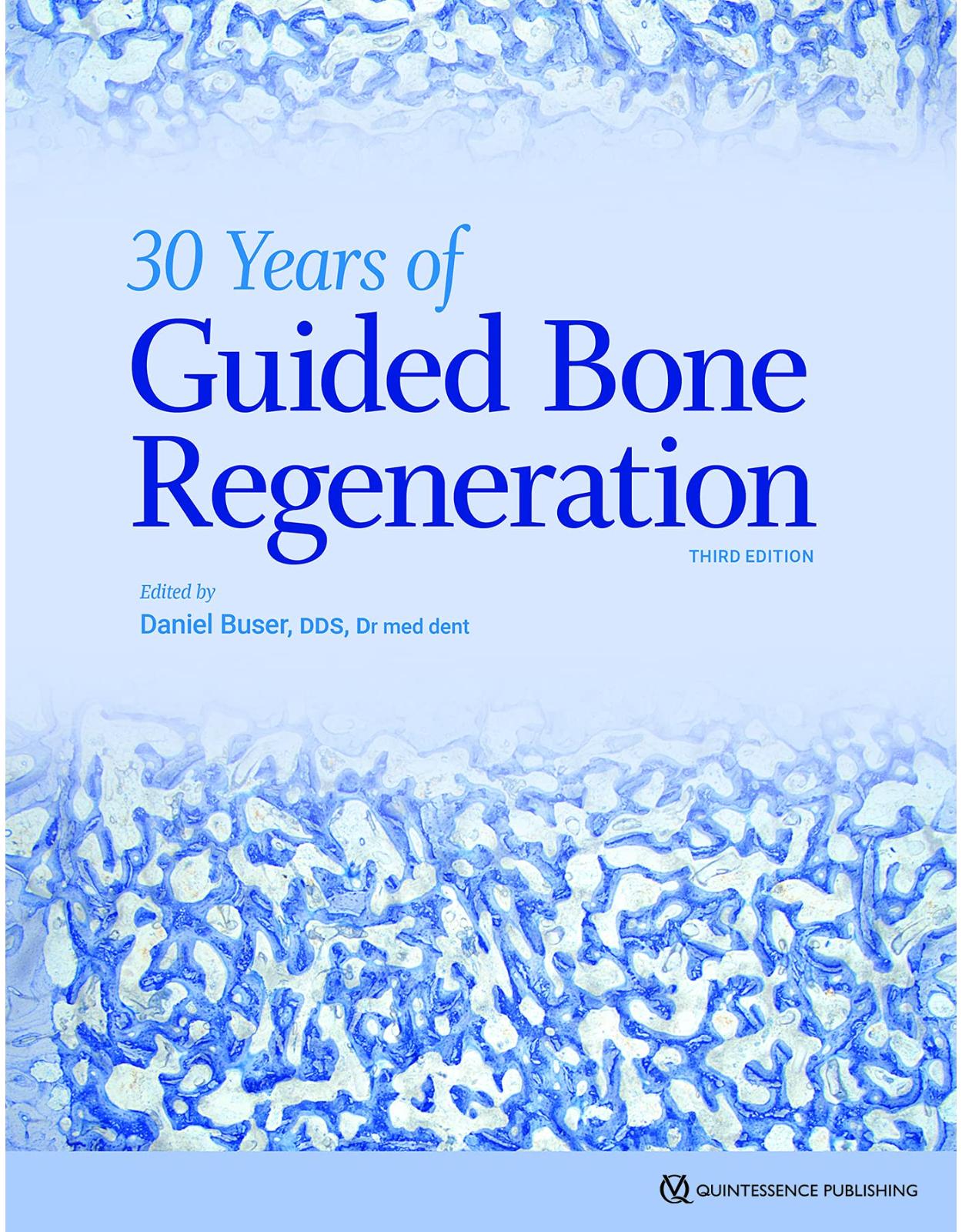
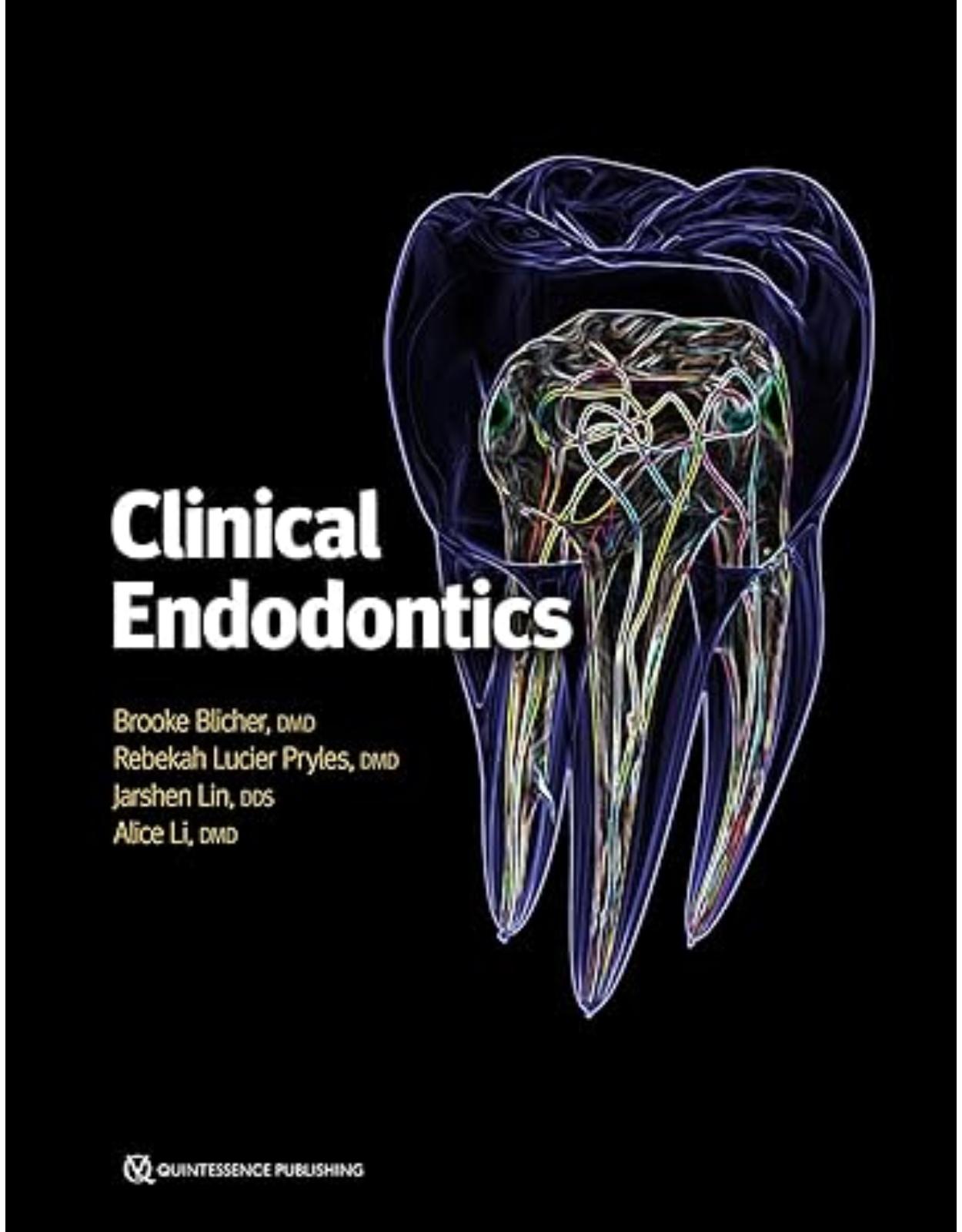
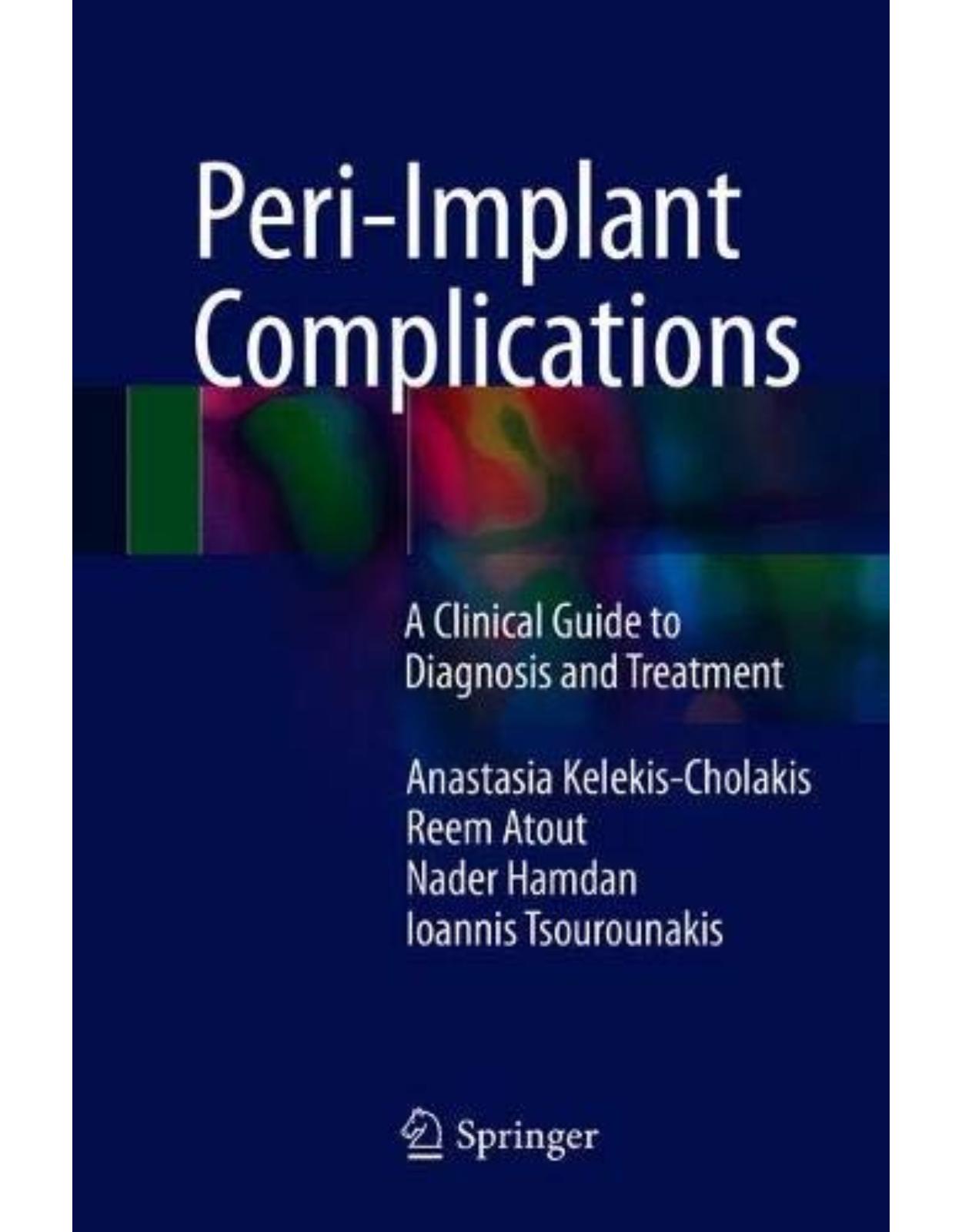
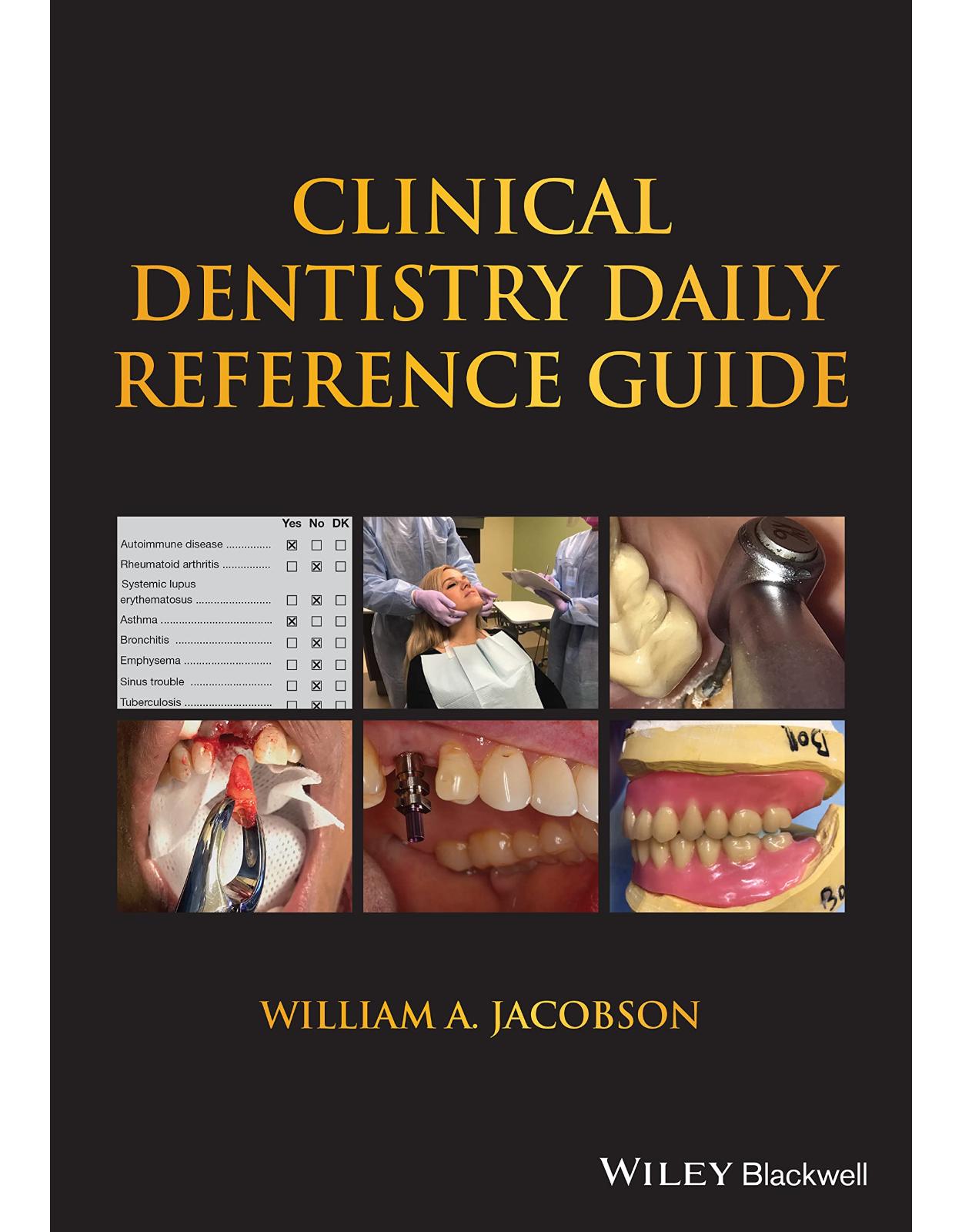
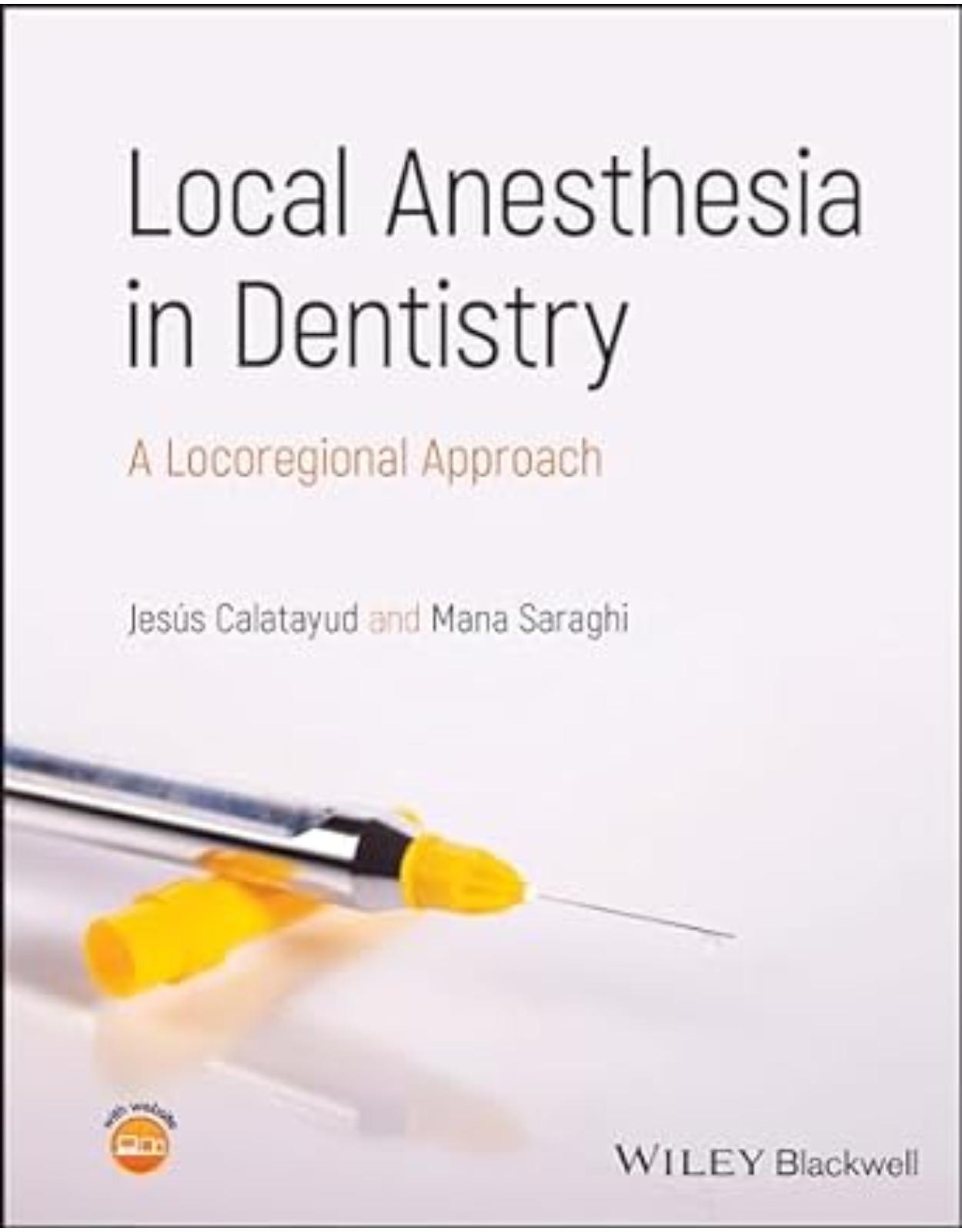
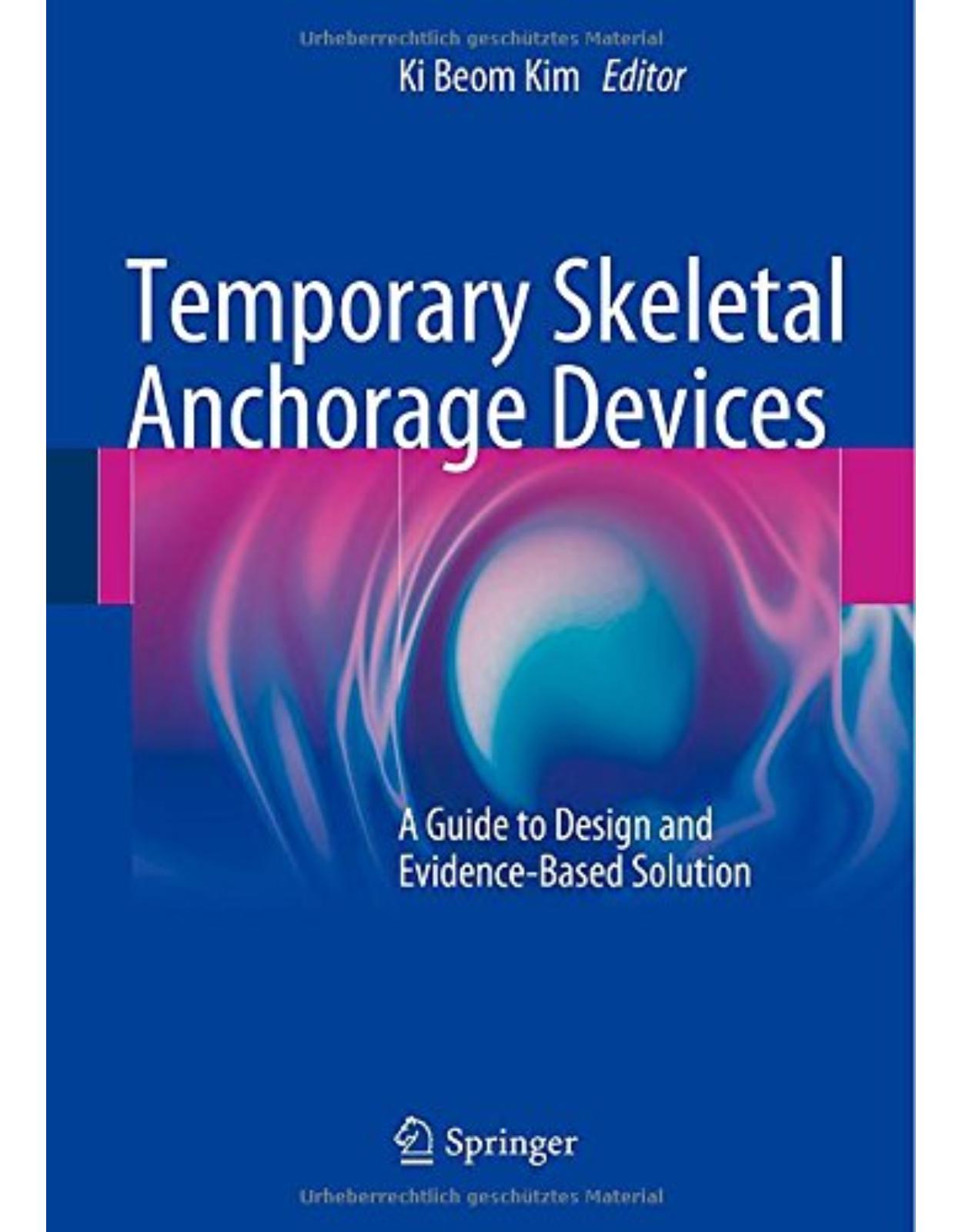
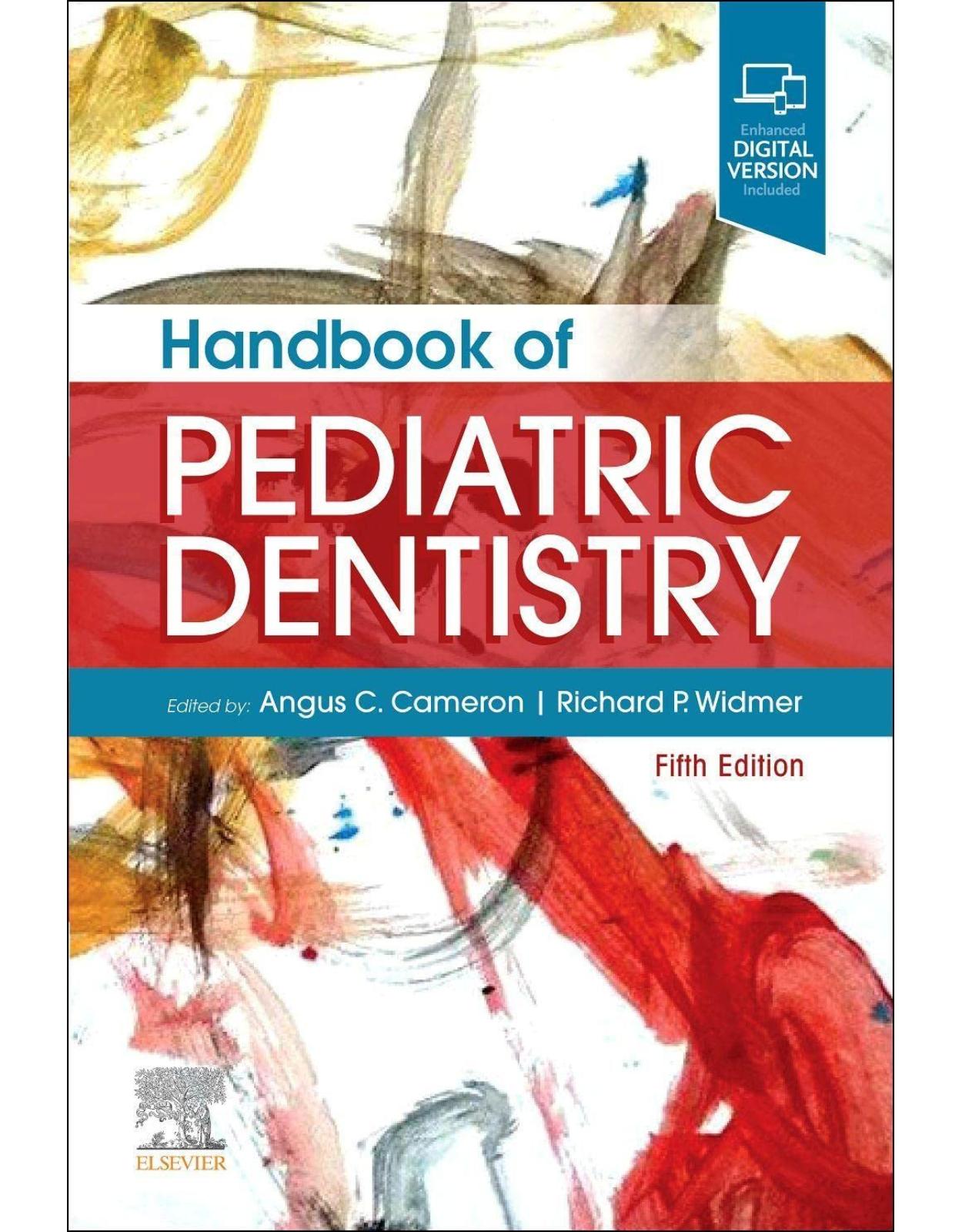
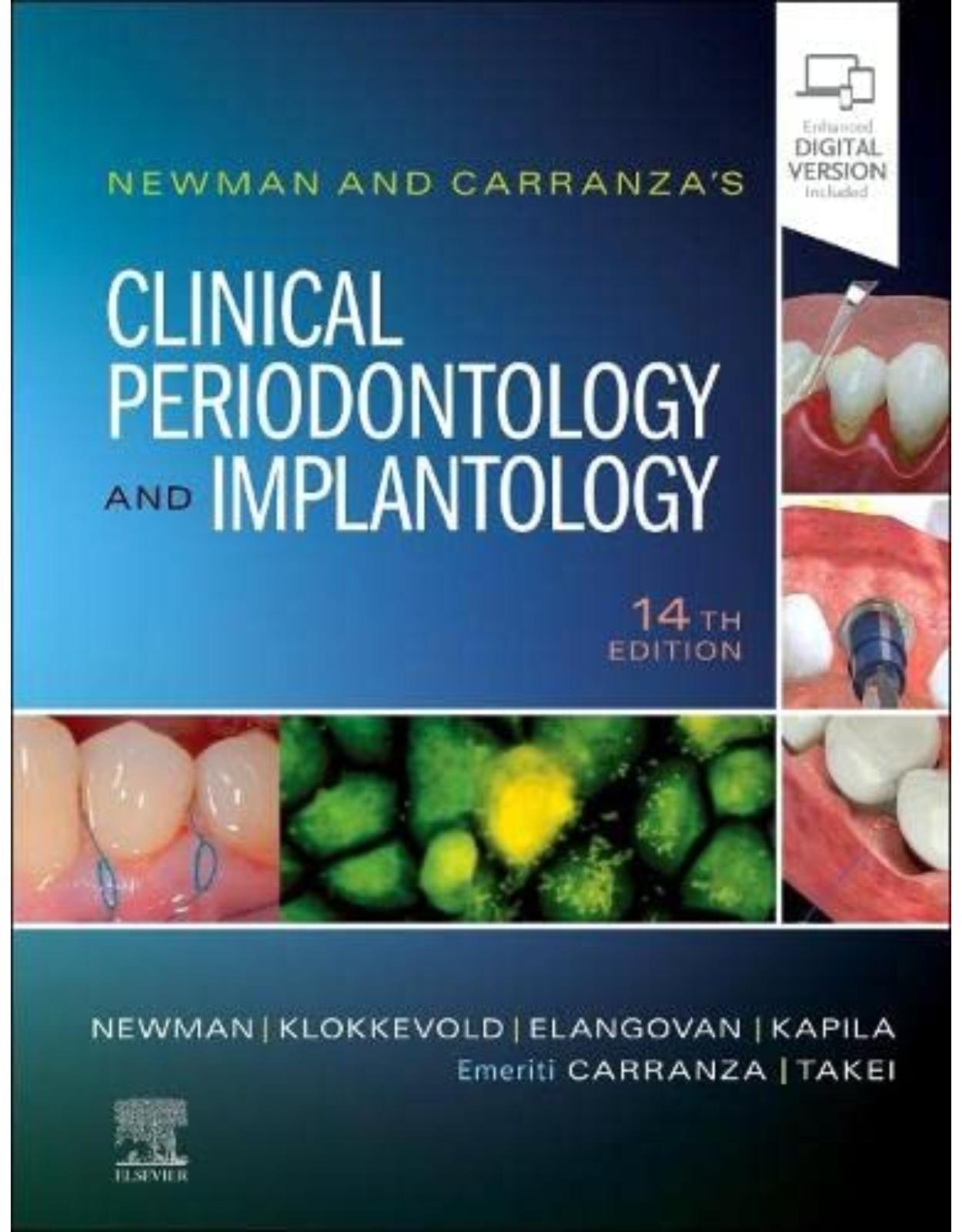
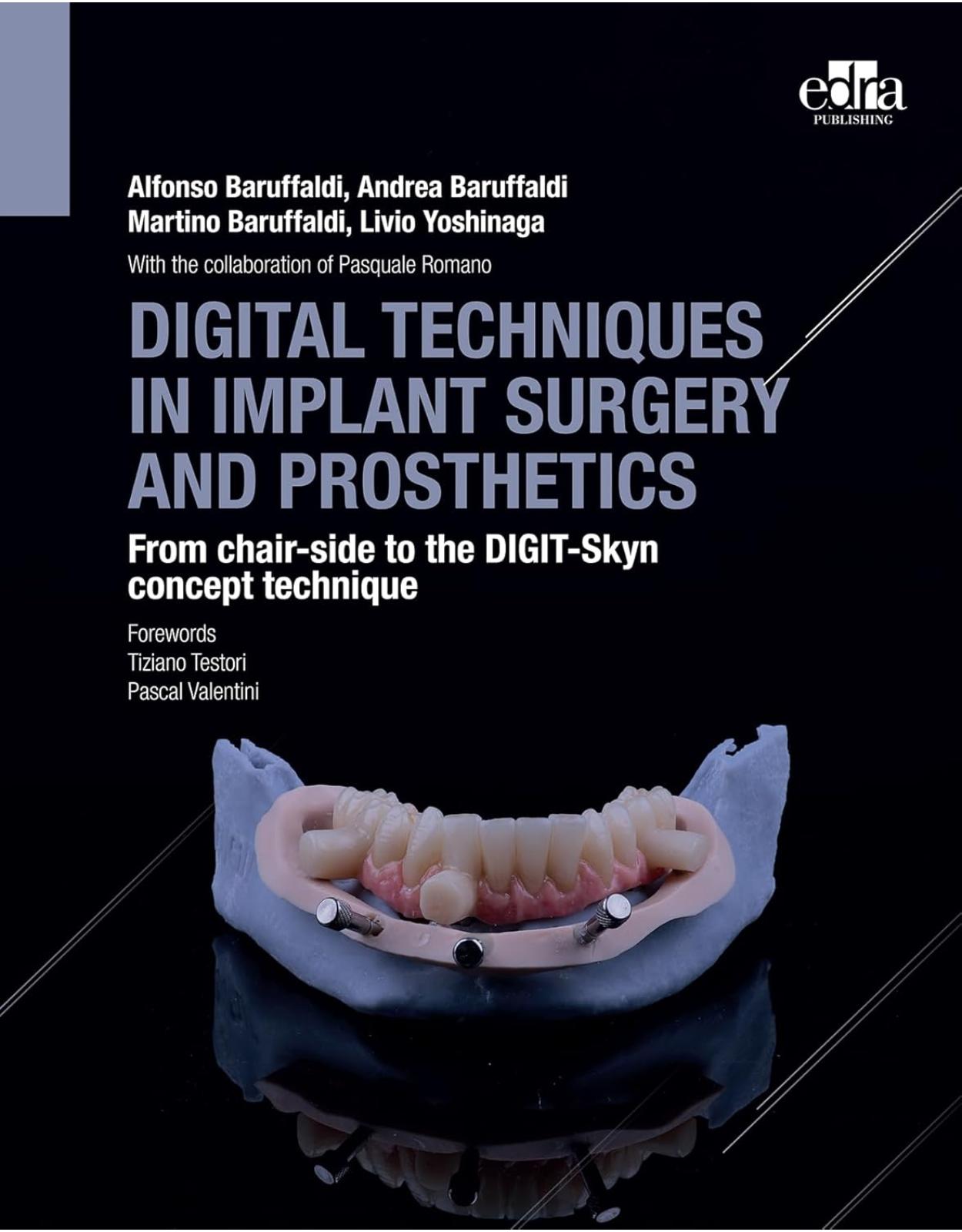
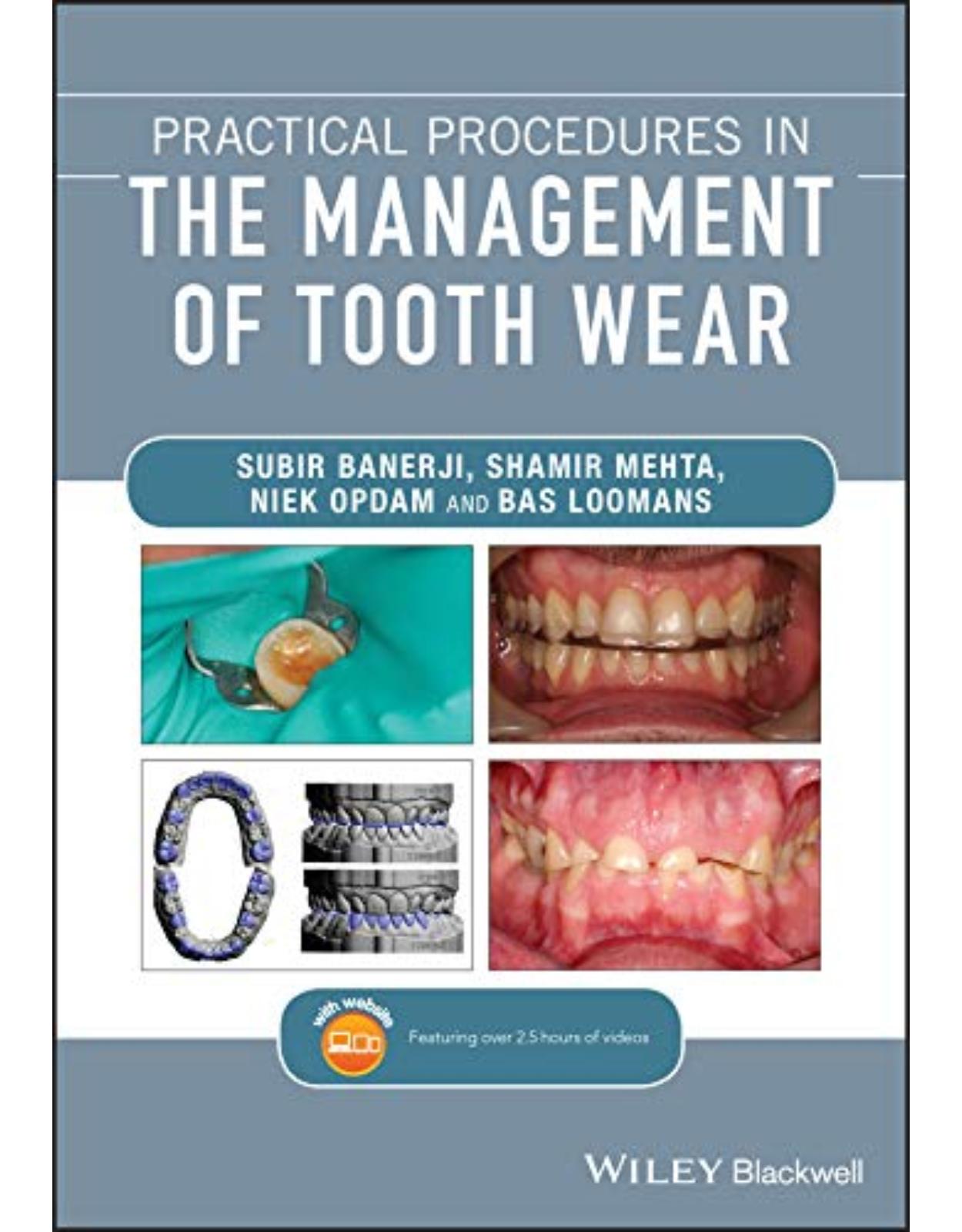
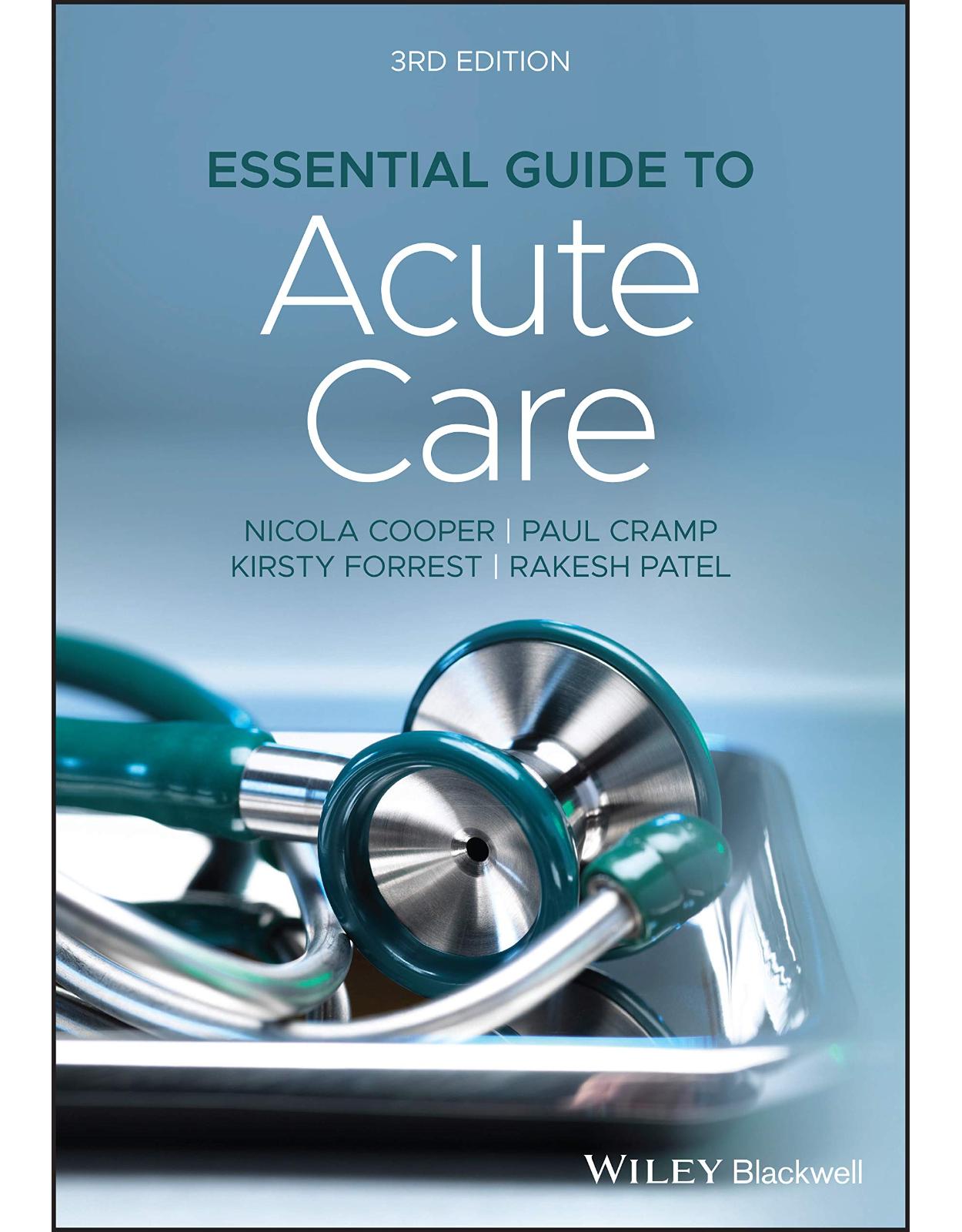


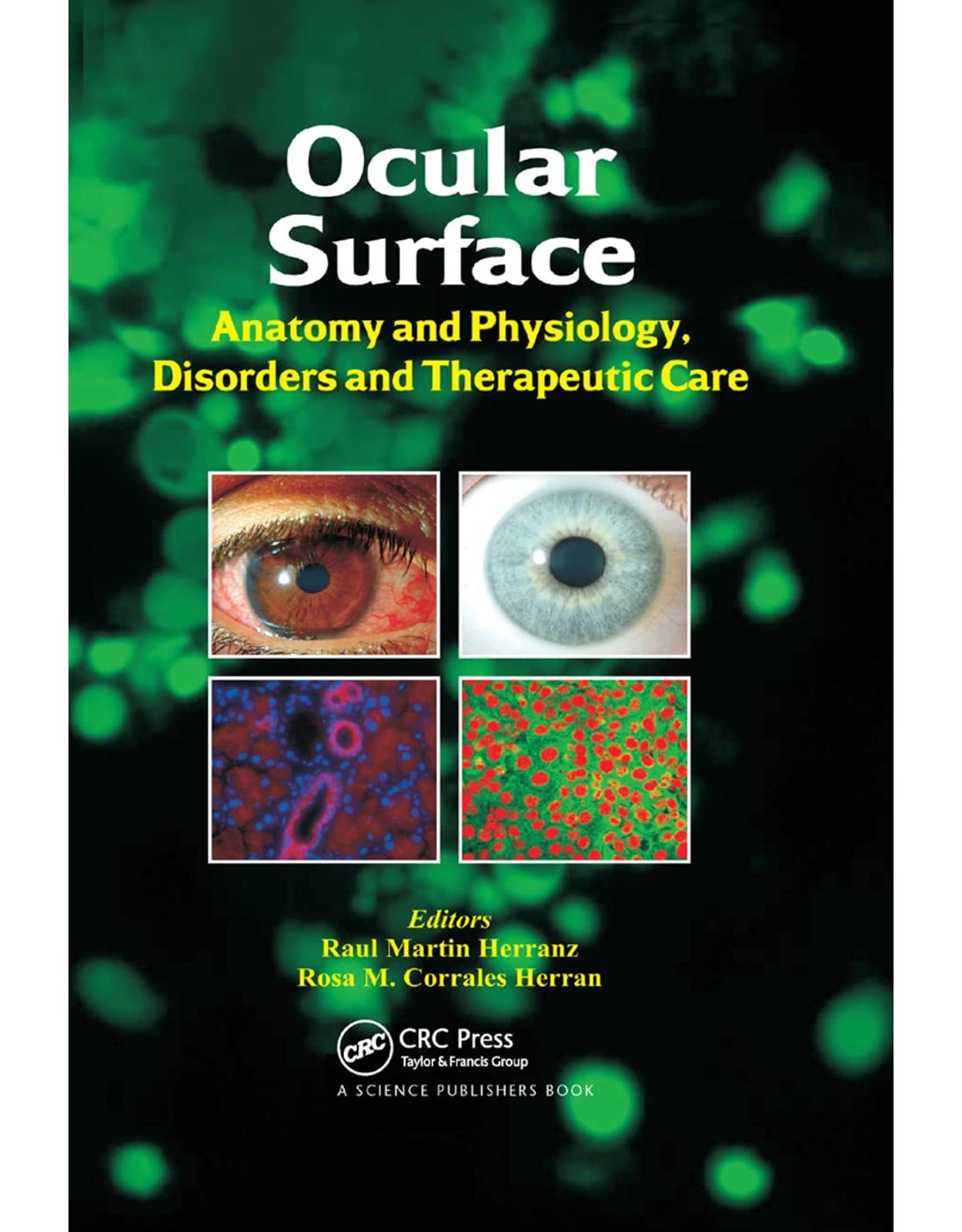
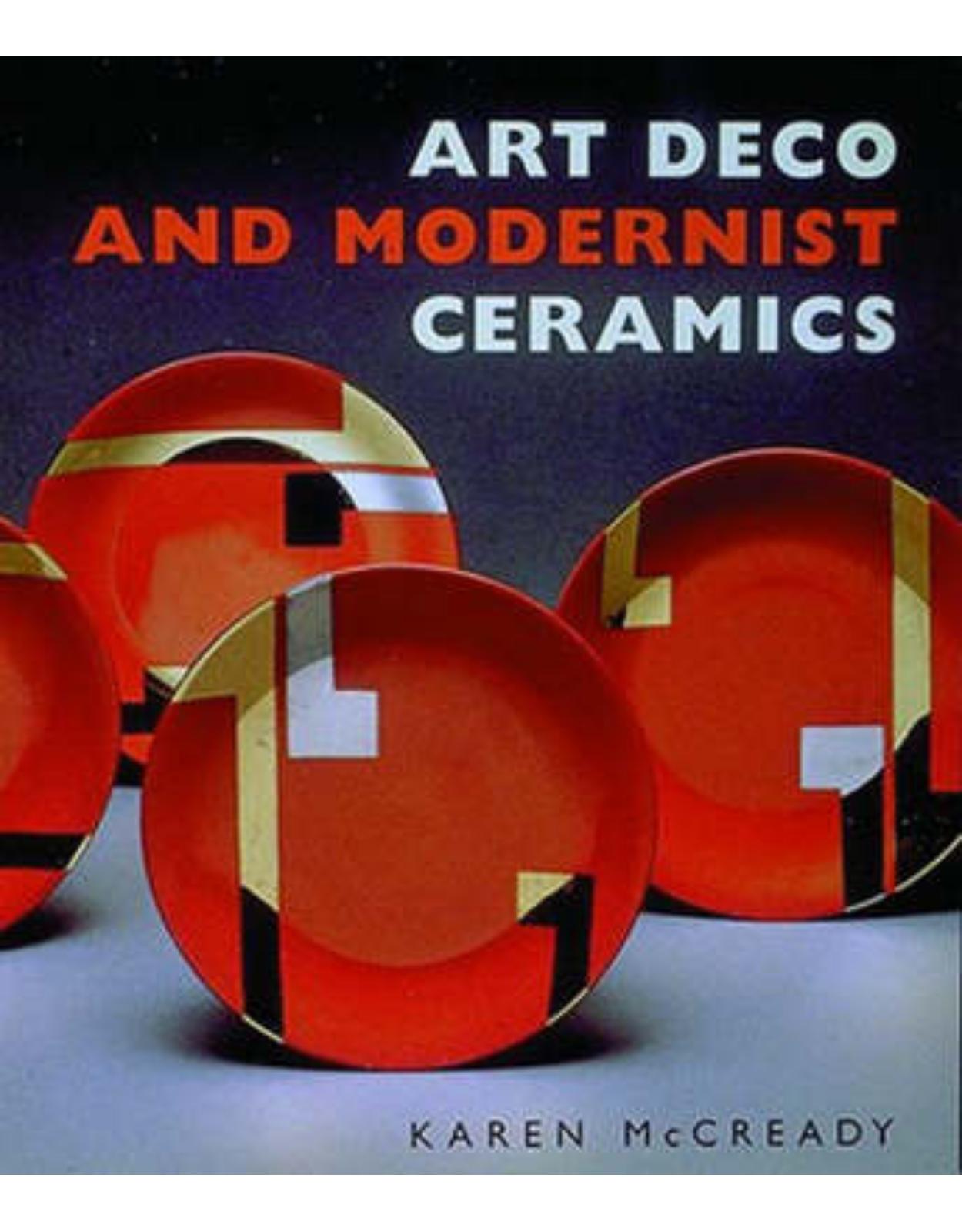

Clientii ebookshop.ro nu au adaugat inca opinii pentru acest produs. Fii primul care adauga o parere, folosind formularul de mai jos.
Ratingul general al produsului: